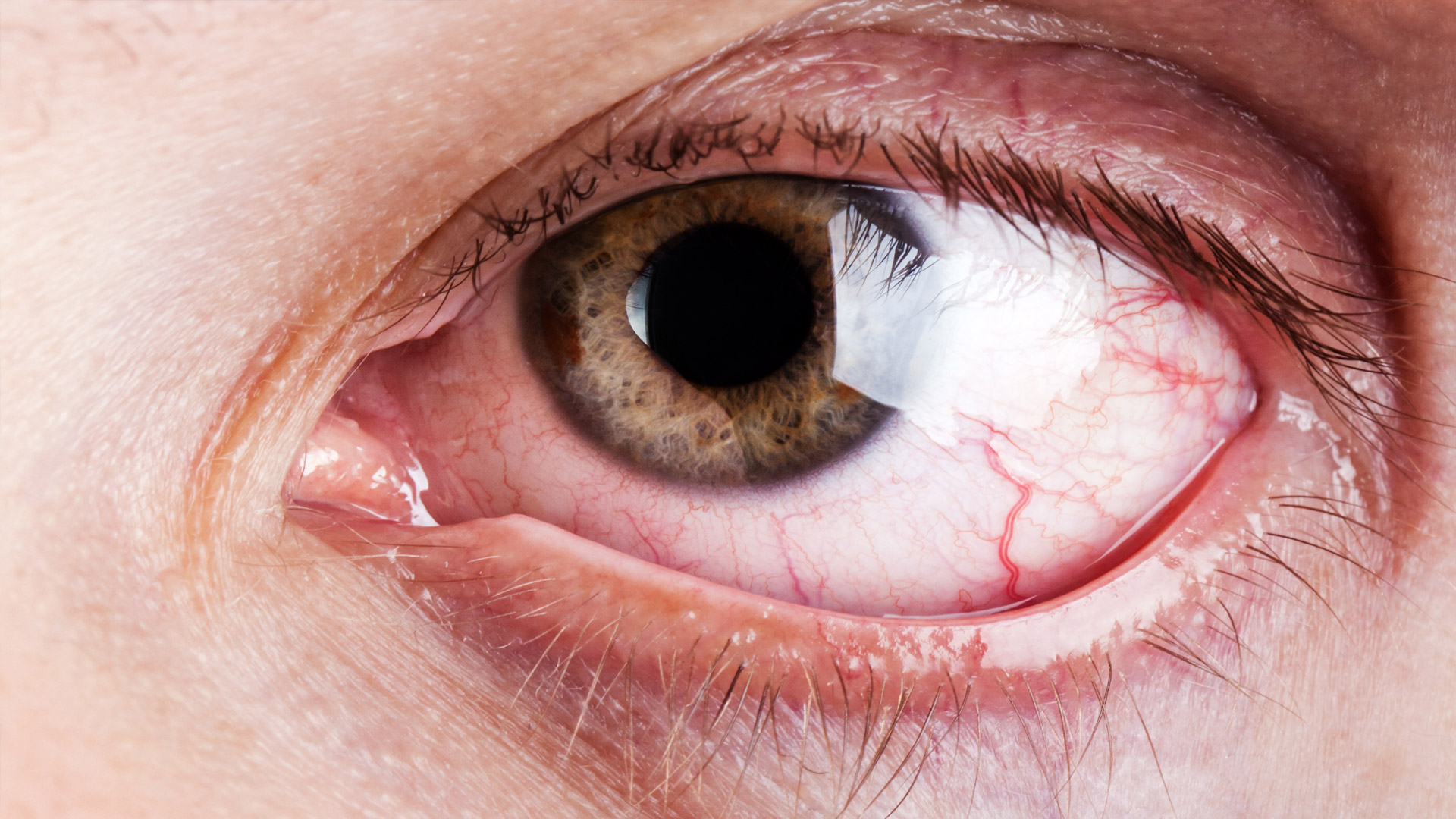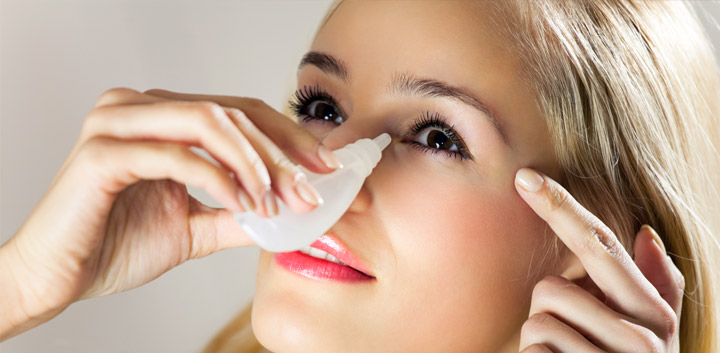Dry eye disease
Dry eye disease is a condition that at it’s simplest causes only mild, occasional discomfort but at it’s most severe can even lead to blindness. It is a term used for when your eyes are insufficiently moisturized, either because they do not produce enough tears or because the tears have an improper chemical composition. Most patients with dry eye disease fall somewhere in the middle of these two extremes leading to impaired quality of life. Common dry eye symptoms include a feeling of irritation in the eye, intermittently blurry vision, burning and tearing. Dry eyes often occur during the natural aging process, but can also form as a result of eyelid or blinking problems, certain medications (antihistamines, oral contraceptives, antidepressants), climate (low humidity, dust, wind), injury and various health problems (arthritis, Sjogren’s syndrome).

What are the Symptoms?
- Scratchy, gritty, burning sensation
- Sharp pain that only lasts a few seconds
- Excessive watering
- Stringy mucous in your eyes
- Matted eyelids that are difficult to open upon wakening
- Blurred vision that fluctuates with blinking
We have recently adopted a new, breakthrough system for assessing and treating evaporative dry eyes. Our new system consists of:
- LipiView™ II Ocular Surface Interferometer – Captures detailed images of the glands and tear film
- Meibomian Gland Evaluator – Evaluates Meibomian gland function
- LipiFlow™ Thermal Pulsation System – Treats blocked meibomian glands (cause of most dry eyes)
A majority of dry eye cases is caused by Meibomian Gland Dysfunction (MGD). An estimated 86% of the 100 million dry eye sufferers worldwide have Meibomian Gland Dysfunction (MGD), which stems from a deficiency in the oily lipid layer of the tear film. The lipids serve to protect the aqueous layer of tears and keep it from evaporating too quickly. The lipid deficiency is commonly due to blockages in the Meibomian glands caused by MGD.
Unlike traditional dry eye treatments (warm compresses, wetting drops, ointments) that address symptoms, LipiFlow treats the root cause, the obstructed Meibomian glands. Our goal is to unblock the glands in order to allow them to resume their natural production of lipids required for a healthy tear film. LipiFlow is a 12-minute, in-office procedure. Both eyes can be treated simultaneously.
LIPIFLOW™
3. Restasis TV Ad What You Don’t See


